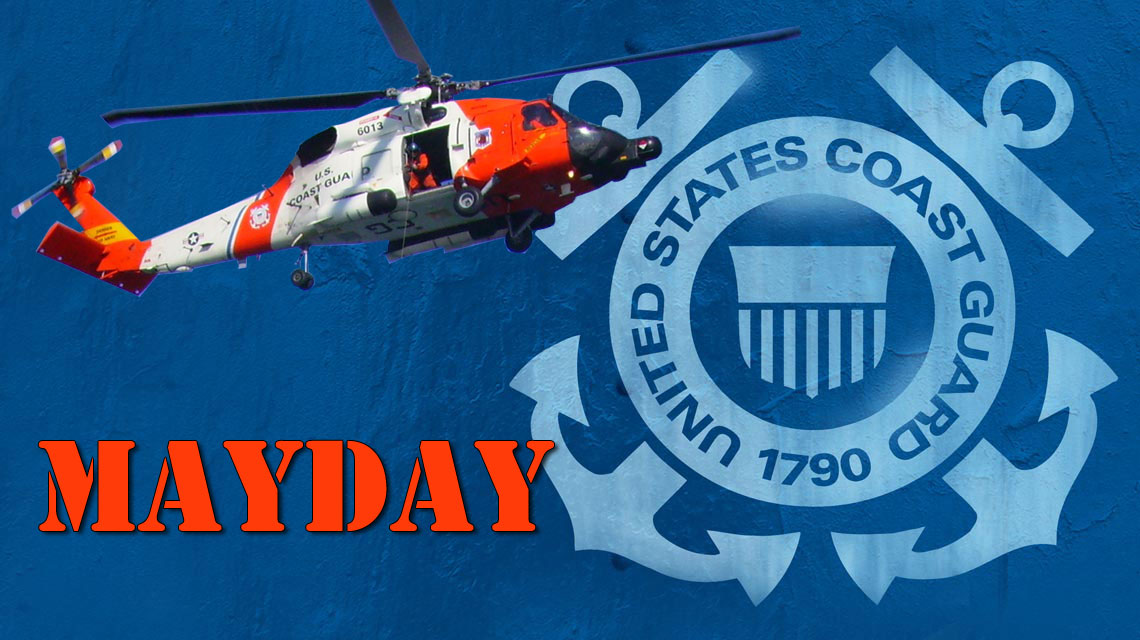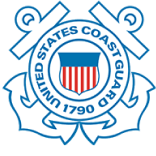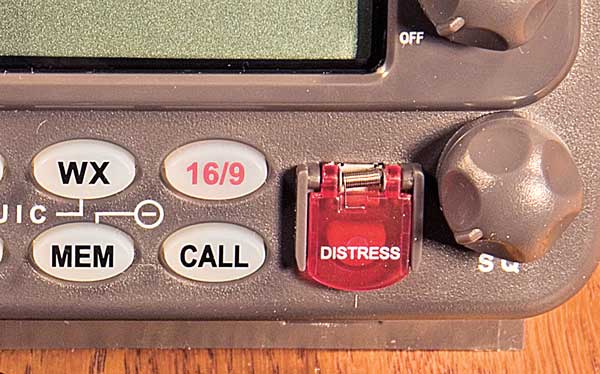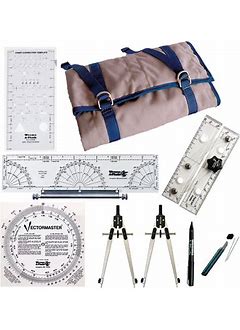1-800-832-7191
Falling Overboard
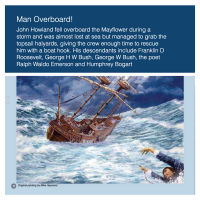
Falling overboard is a serious concern.
Who is at risk?
Falling overboard is nearly a daily occurrence in the commercial fishing industry. Fishermen risk their lives working on commercial fishing vessels without wearing personal flotation devices. As a matter of fact, falls overboard are the second leading cause of commercial fishing vessel fatalities. As a result of falling overboard, water exposure is the most significant factor in the loss of life. Meaning many people die from drowning or hypothermia.
What can you do?
People can survive longer in warmer waters but not indefinitely. Fishermen more than twice as likely to survive when flotation devices are properly used. Deaths can be avoided when lifesaving equipment is available and properly used. As a matter of fact, the highest number of falls overboard fatalities occurred in the Gulf of Mexico region.
When should you be concerned?
To increase the chances for successful rescues from the water:
Always wear a flotation device while on deck.
Never go out on deck alone.
Ensure that more than one person on board is familiar with and can operate the vessel and any retrieval gear in an emergency.
Certainly, proficiency in maneuvering a vessel is essential to a successful rescue.
Safety vs. Comfort?
Some life vests are suitable for comfortable wear while on the deck for many operations. Type III wearable PFDs such as flotation aids and float coats have USCG approval. Wearing Type III vests over or under rain gear allows fairly good mobility. Unfortunately, these vests will not turn an unconscious person face up in the water. They offer very little protection from hypothermia.
Type V PFDs such as work vests, pullover vests, coveralls, work suits, and deck suits are a broad category of PFDs. Anti-exposure coveralls, work suits, and deck suits provide fair hypothermia protection when donned properly. Most coveralls have an inflatable pillow that will keep the wearer’s head out of the water. However, the coveralls will not turn an unconscious person face up in the water. They are a good choice for cold weather.
Type V hybrids combine inherent buoyancy with an air bladder. The bladder is designed to be inflated by a CO2 cartridge or by mouth. Some inflate automatically in the water. Type V hybrids may be the most comfortable USCG-approved PFD to wear while working. There is not much protection from hypothermia with a hybrid.
Above all, maintenance and care of the inflating devices are critical if the PFD is to perform as intended.
Hazard assessment?
In general, the risk of falling overboard can be reduced by wearing a flotation device. Moreover it makes for quicker, easier retrieval from the water.
A classic rule of thumb in safety is the 3-pronged attack: Personal Protective Equipment (PPE), Engineering Controls (guards, fences, etc.), Administrative Controls (rules). With that in mind, consider the following to keep hazards at bay.
First, use safety lines or guy lines, jack lines, jill lines, and dog lines when possible.
Second, you can install or extend guard rails where possible.
Third, keep decks as clean and clear as possible to prevent slipping or tripping and never go out on the deck alone
Fourth, use nonskid material on decks.
When should you be concerned?
It is likely to have a crew member to go overboard during stormy weather, heavy winds, or when the boat is maneuvering. Needless to say, always wear a flotation device while on deck. Crews should also ensure that more than one person on board is familiar with and can operate the vessel. Proficiency in maneuvering a vessel is essential to a successful rescue. More than one person should be familiar with any and all retrieval gear in the case of an emergency.
In conclusion:
Read more at the United States Coast Guard Commercial Fishing Vessel Safety Program. Visit our Boating Blog to find more tips like this. Always remember that there is no room for egos when passengers lives are in your hands!
